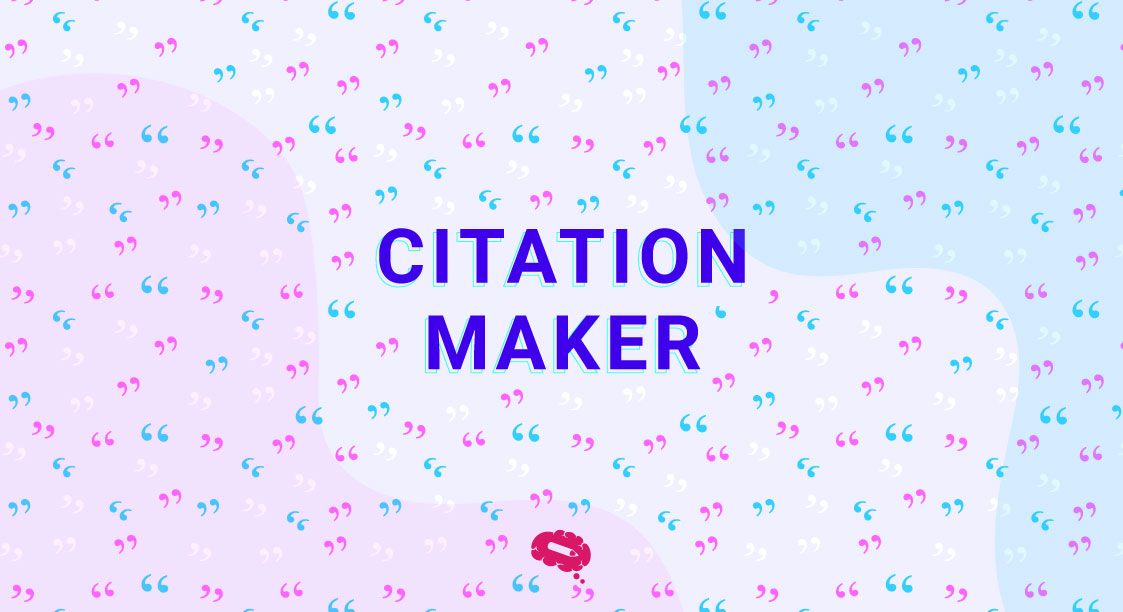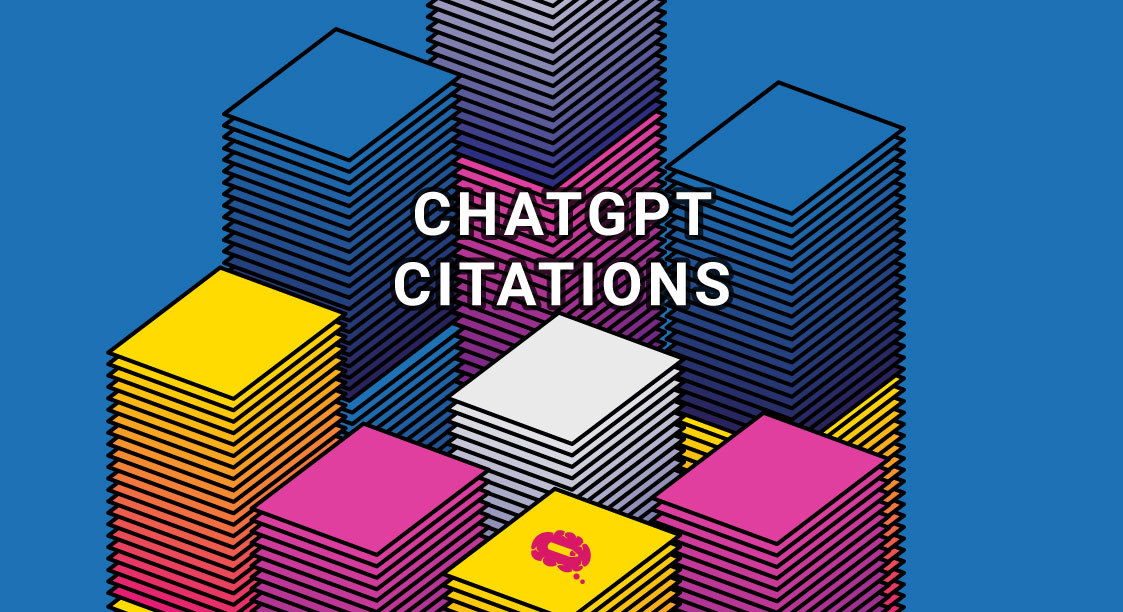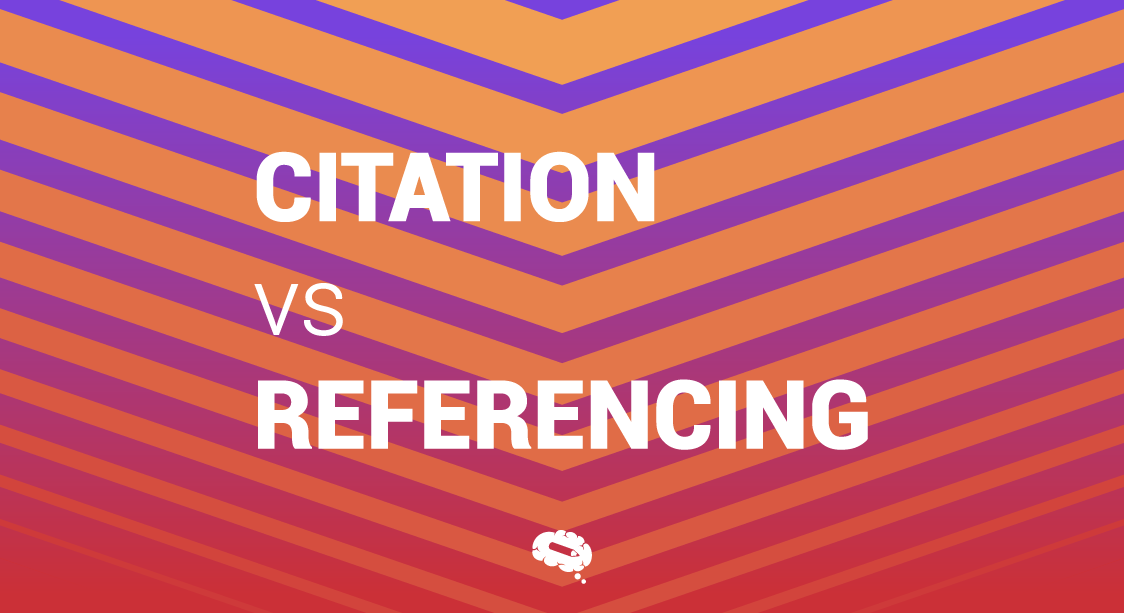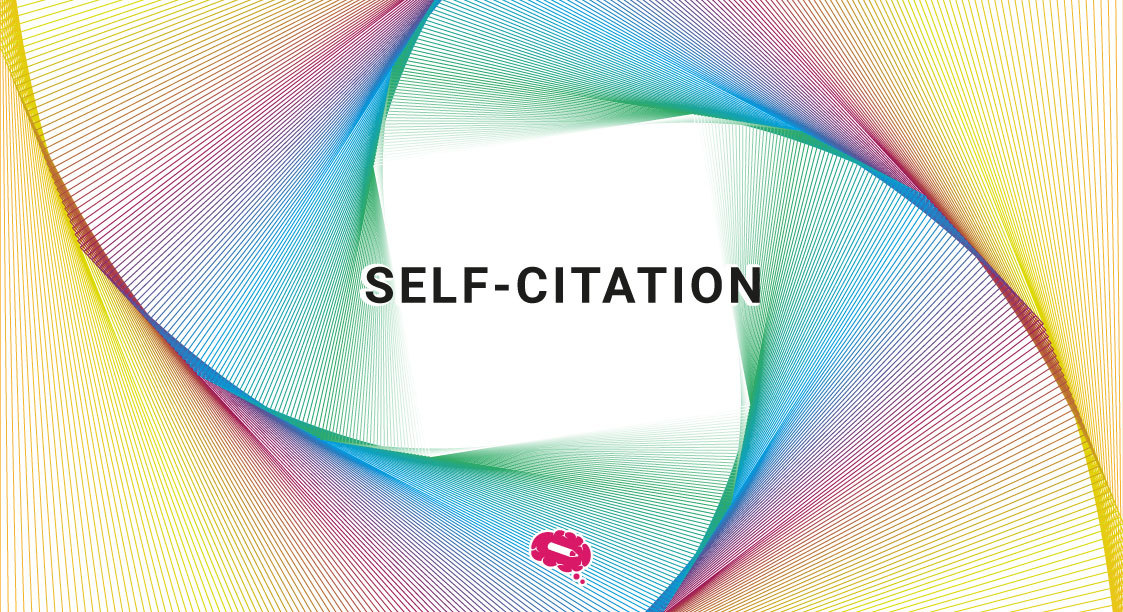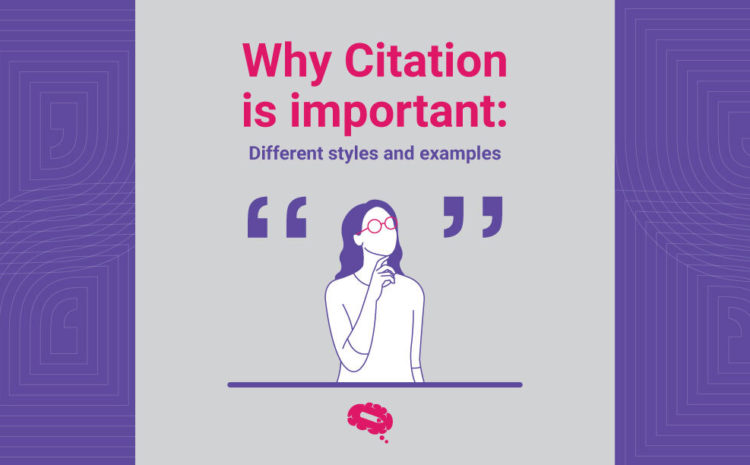Referencing is an important part of academic writing and there are many referencing styles in the world of writing that will help you ease the process. One such style is Vancouver’s referencing style.
The Vancouver style is a widely used system in academic writing, especially in the fields of medicine and science. Interesting, right? Let us see about this in-depth.
This article will cover everything related to Vancouver referencing style that help you on your journey in academic writing.
What Is Vancouver Referencing Style?
In general, Vancouver’s referencing style is a numeric citation system, which means that it uses numbers to indicate references in the text. Each number corresponds to a source listed in the reference list at the end of the document.
When you use the Vancouver style, you place a number in parentheses or superscript within your text whenever you refer to a source. For example, you might write, “Smith found significant results (1).” The number “1” corresponds to the first source in your reference list.
This list should be numbered sequentially and include full details of each source, such as the author’s name, title of the work, journal name, volume, issue, pages, and publication year.
The Vancouver style is popular because it is straightforward and makes it easy for readers to find sources. By using numbers, it keeps the text clean and less cluttered compared to other referencing styles that use in-text citations with author names and dates.
This clarity and simplicity make the Vancouver style an excellent choice for scientific and medical papers, where clear communication of information is crucial.
Basics Of Vancouver Style
General Principles
The Vancouver referencing style uses a numeric citation system. When you reference a source in your text, you place a number next to it in parentheses or superscript, like this (1).
Each number corresponds to a full reference in your reference list, which is organized numerically at the end of your document. This method keeps your text clean and helps readers easily find the sources you used.
Consistency and accuracy are crucial when using the Vancouver style. Every source you cite in your text must appear in your reference list and vice versa. Accurate referencing shows that you’ve done thorough research and allows others to verify your sources.
Formatting References
In the reference list, each entry should be formatted correctly. The details you need include the author’s name, title of the work, journal name, volume, issue, page numbers, and publication year. Here’s a simple example of a correctly formatted reference:
Smith J. The benefits of exercise. Health Journal. 2020;15(2):123-9.
In this example:
- “Smith J.” is the author.
- “The benefits of exercise” is the title of the article.
- “Health Journal” is the name of the journal.
- “2020” is the publication year.
- “15” is the volume number.
- “2” is the issue number.
- “123-9” are the page numbers.
Following these guidelines ensures your references are clear and professional.
Vancouver Style: In-Text Citations
How To Cite In The Text
In the Vancouver referencing style, in-text citations are used to give credit to the sources of information or ideas you include in your writing. These citations are placed directly within the text, using numbers that correspond to full references listed at the end of your document. Here’s how you can do it:
Placing Citation Numbers
When you reference a source, insert a number in parentheses or as a superscript immediately after the relevant information. This number should match the order in which the source appears in your text. For example, the first source you cite will be (1), the second will be (2), and so on. If you refer to the same source again, you use the same number each time.
- Parentheses style: “The study found significant results (1).”
- Superscript style: “The study found significant results¹.”
Placement of Citation Numbers
Place the citation number at the end of the sentence containing the referenced information, just before the punctuation mark. If you are citing multiple points within a single sentence, you can place the citation number immediately after the relevant part.
- “According to recent research, cardiovascular exercises improve overall health (2).”
- “Cardiovascular exercises improve health¹ and reduce stress².”
By following these guidelines, you ensure that your citations are clear and correctly placed, making it easy for readers to locate the corresponding sources in your reference list.
Multiple Citations
Sometimes, you may need to reference multiple sources to support a single point. In such cases, you can cite multiple sources at once by listing their numbers together, separated by commas, or by using a hyphen to indicate a range of consecutive sources.
Non-Consecutive Sources
If the sources are not in sequential order, list their numbers separated by commas. This method allows you to reference several different studies or sources that support the same idea.
- Example: “Multiple studies have shown the benefits of this approach (3, 5, 7).”
This means you are referring to sources 3, 5, and 7 from your reference list.
Consecutive Sources
If the sources are sequential, use a hyphen to indicate the range. This is useful when several studies or pieces of information from consecutive sources support your statement.
- Example: “Several studies support this finding (8-11).”
This indicates that sources 8, 9, 10, and 11 all provide relevant information.
By using these methods for multiple citations, you keep your text concise and avoid cluttering it with too many numbers. This approach also helps readers easily understand which sources you are referring to and find them in your reference list.
Examples Demonstrating Multiple Citations
Here are more detailed examples to illustrate how you can effectively use multiple citations in your text:
- Non-Consecutive Sources: “Various researchers have reported similar results across different populations (3, 6, 9).”
- This citation tells the reader that findings from sources 3, 6, and 9 all align with the statement made.
- Consecutive Sources: “The impact of these interventions has been well-documented (12-15).”
- This citation indicates that sources 12 through 15 provide detailed documentation of the interventions’ impact.
By following these instructions and examples, you can effectively use in-text citations in the Vancouver style to make your academic writing clear, credible, and well-referenced. Properly citing your sources ensures that your work is reliable and that readers can easily verify the information you present.
Reference List
Structure of the Reference List
Your reference list in the Vancouver style should be at the end of your document, titled “References.” The list is organized numerically, corresponding to the order in which sources appear in your text. Each entry is assigned a number based on its first appearance.
Each reference should include specific details: author(s), title of the work, source (such as journal or book), publication year, volume, issue, and pages if applicable. Use consistent punctuation and spacing to ensure clarity and professionalism.
Here’s the basic structure:
- Author(s). Title. Source. Year;Volume(Issue).
Example:
- Smith J. The benefits of exercise. Health Journal. 2020;15(2):123-9.
Types of Sources
Different types of sources require slightly different formatting:
Journal Articles: Author(s). Title. Journal Name. Year;Volume(Issue)
- Example: Brown T. Nutrition and health. Food Science. 2019;12(4):45-50.
Books: Author(s). Title. Edition (if applicable). Place of publication: Publisher; Year.
- Example: Johnson A. Modern Medicine. 2nd ed. New York: Medical Press; 2018.
Websites: Author(s) (if available). Title of webpage. URL. Published date. Accessed date.
- Example: World Health Organization. Global health updates. https://www.who.int/global-health. Published 2021. Accessed March 3, 2023.
Using the correct structure and format for each type of source ensures your reference list is complete and easy to follow.
Common Mistakes And How To Avoid Them
Inaccurate Citations
Inaccurate citations can mislead readers and undermine your credibility. Common mistakes include incorrect author names, wrong publication dates, and misplaced punctuation. For example, citing “Smith J, 2020” instead of “Smith J. 2020” is incorrect.
To correct these errors, double-check each detail against the original source. Ensure names, dates, and titles are accurate, and follow the punctuation rules strictly. Use reliable tools or software to help manage and format your references correctly.
Incomplete Information
Providing complete citation details is crucial for allowing readers to locate your sources. Incomplete citations, such as missing page numbers or journal volumes, can cause confusion and make it difficult for readers to verify your references.
For instance, “Smith J. The benefits of exercise. Health Journal. 2020;” is incomplete without volume and page numbers.
To avoid incomplete information, ensure you gather all necessary details for each source:
- For journal articles, include the author(s), title, journal name, year, volume, issue, and page numbers.
- For books, include the author(s), title, edition, place of publication, publisher, and year.
- For websites, include the author (if available), title of the webpage, URL, published date, and accessed date.
Review each citation to confirm it is complete and accurate, which will enhance the reliability and professionalism of your work.
In conclusion, the Vancouver referencing style is a critical tool for maintaining clarity and consistency in academic writing, especially within the medical and scientific fields. Key points covered include the numeric citation system, the structure and formatting of the reference list, and the importance of accuracy and completeness in citations.
Proper referencing not only enhances the credibility of your work but also allows readers to trace and verify your sources. By adhering to these guidelines and avoiding common mistakes, you ensure your research is presented professionally and ethically.
The World’s Largest Scientifically-Accurate Illustrations Gallery
Mind the Graph‘s gallery, the largest in the world for scientifically accurate illustrations, offers a huge selection of visuals to enhance your scientific communication. So what’s the wait? Hurry up and quickly access them by signing up. Sign up for free here!

Subscribe to our newsletter
Exclusive high quality content about effective visual
communication in science.




